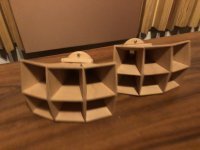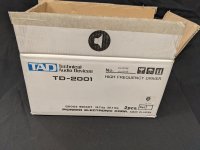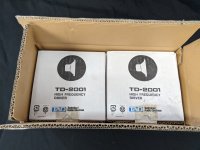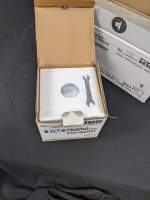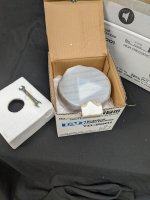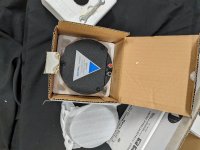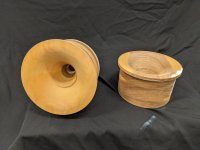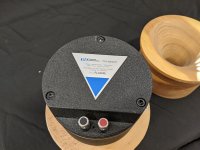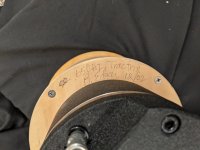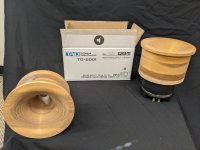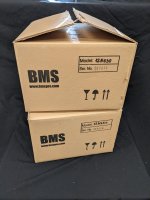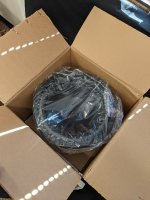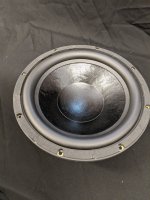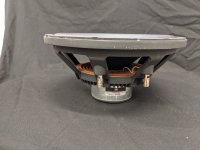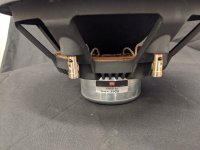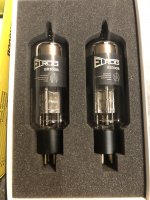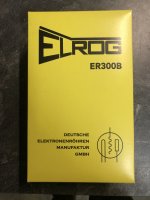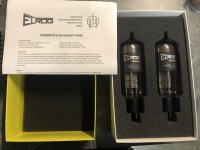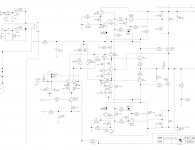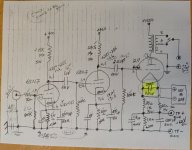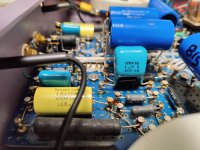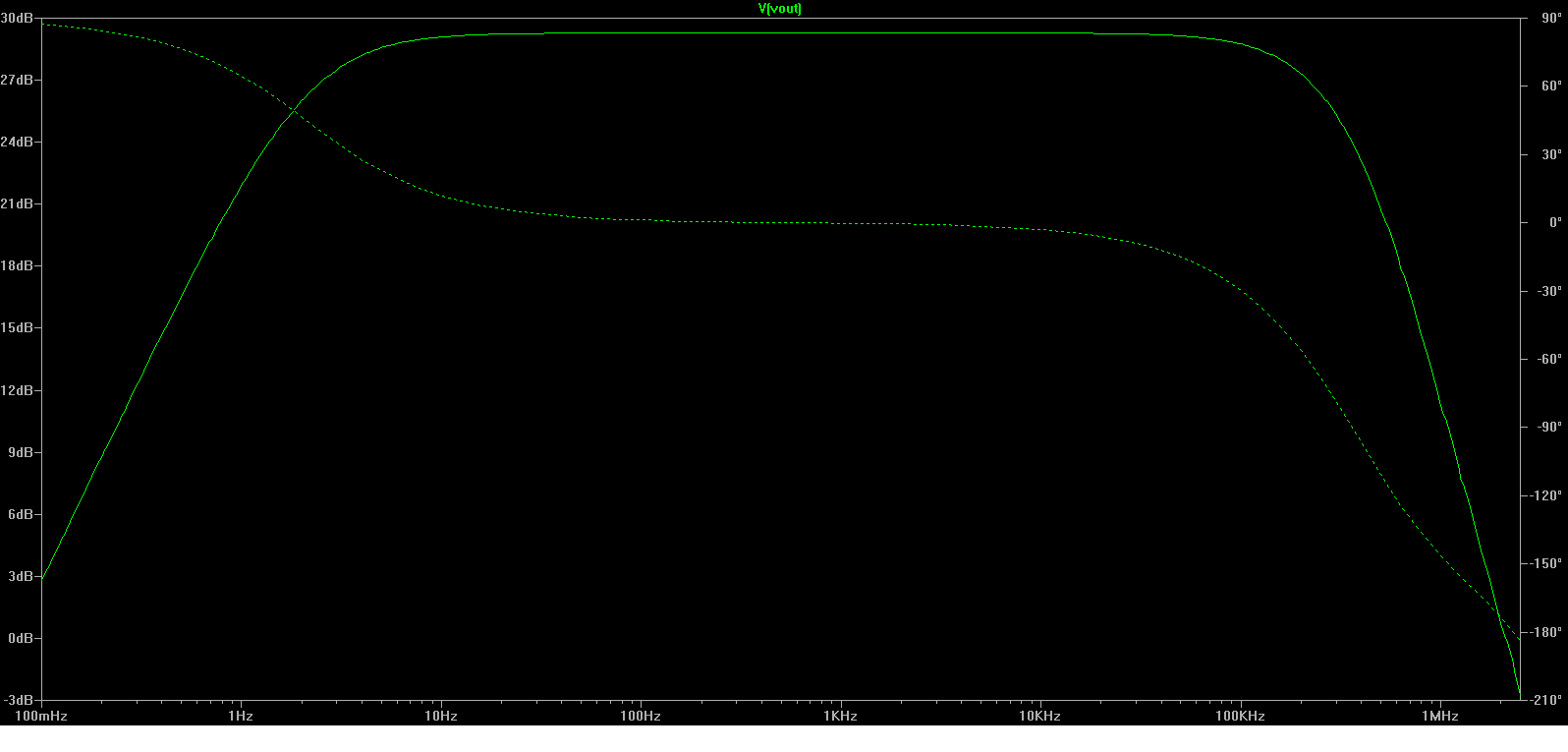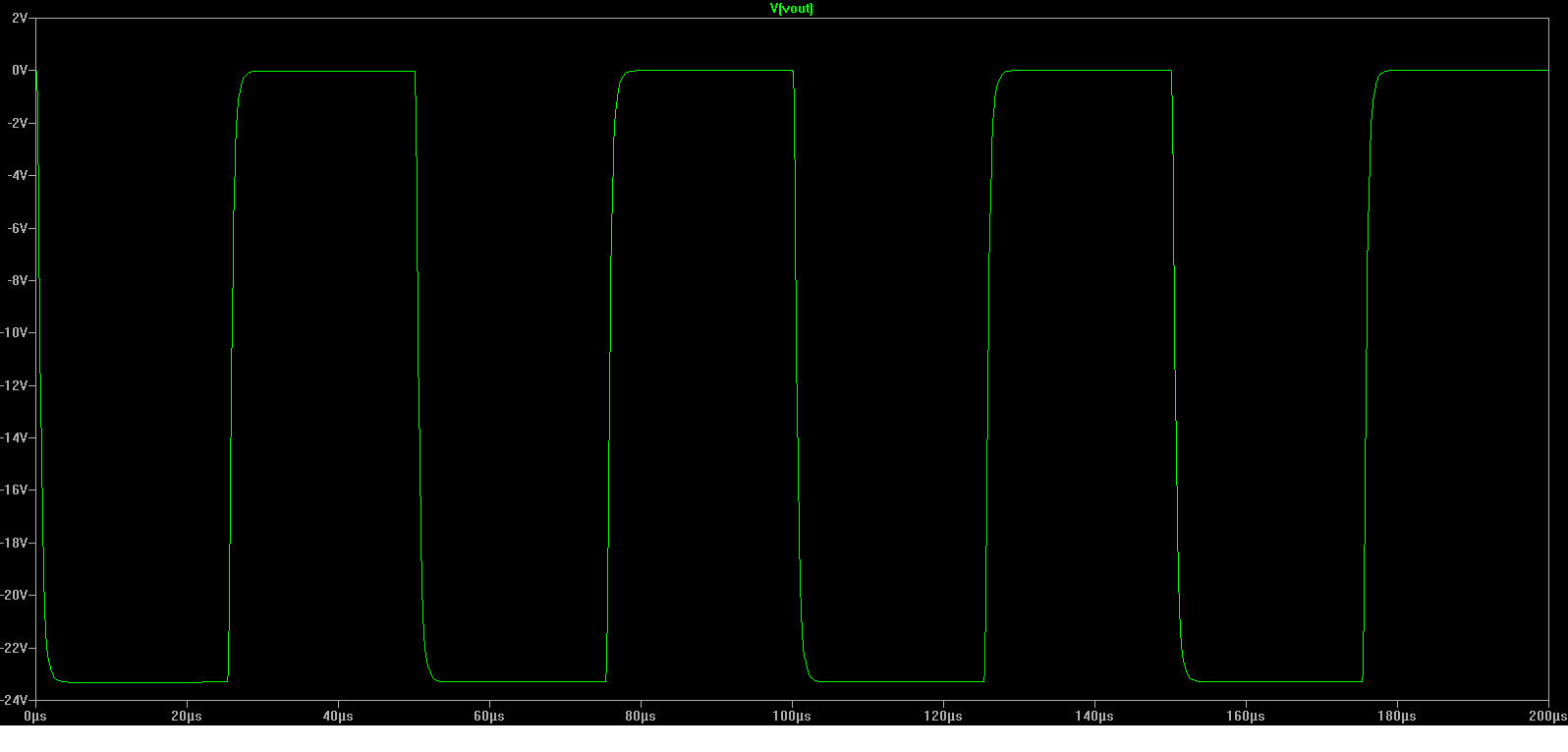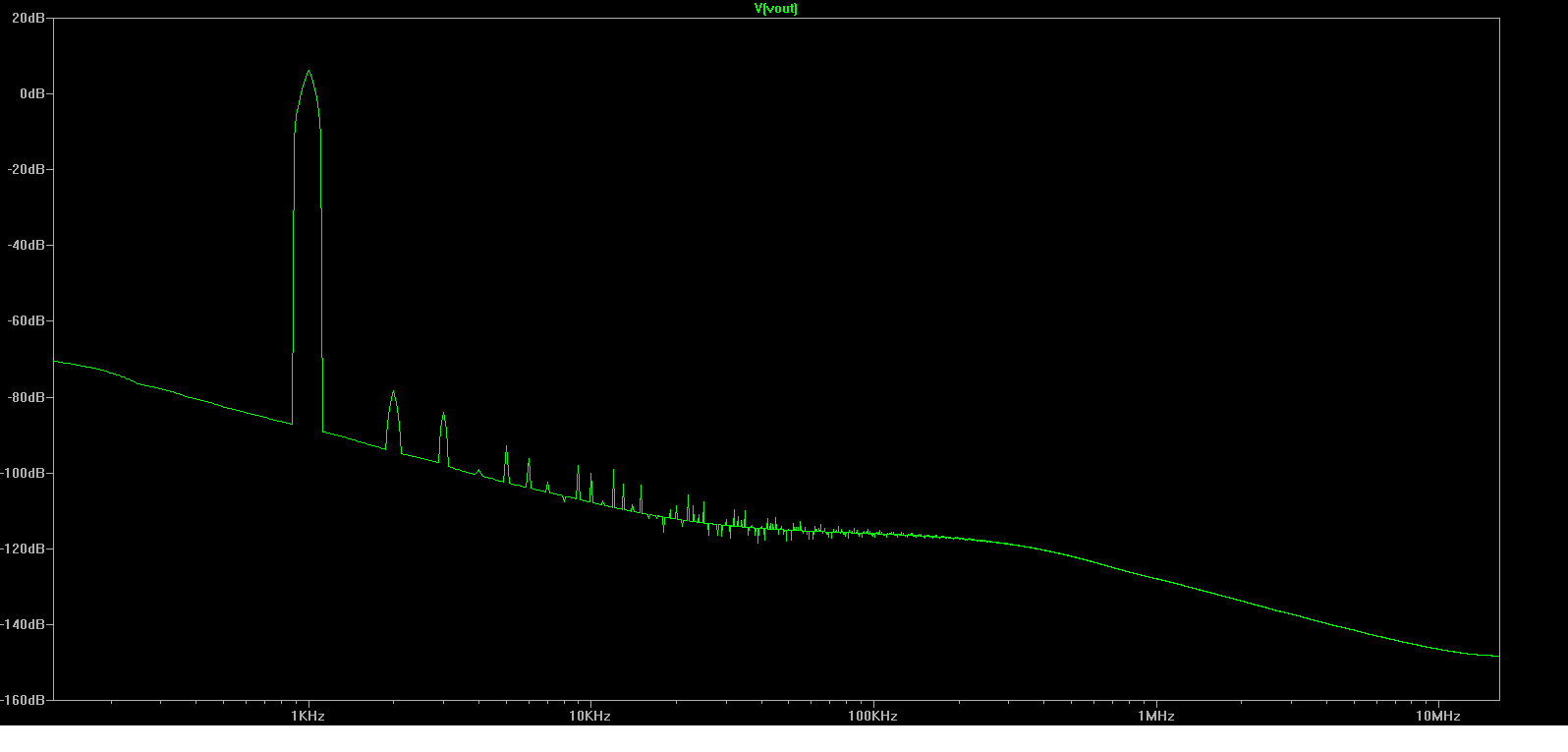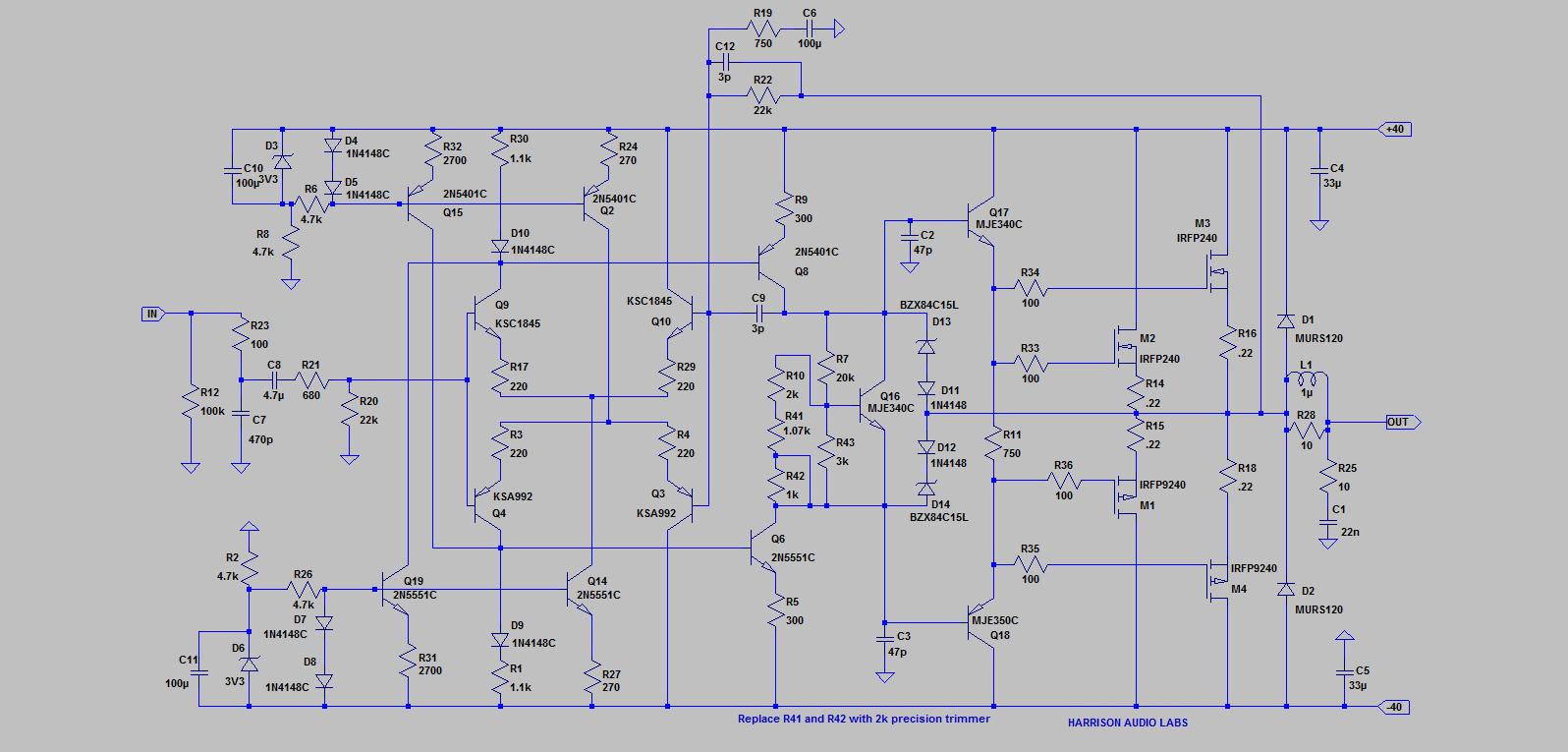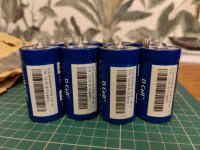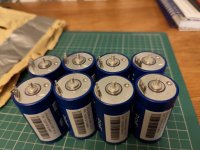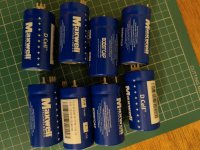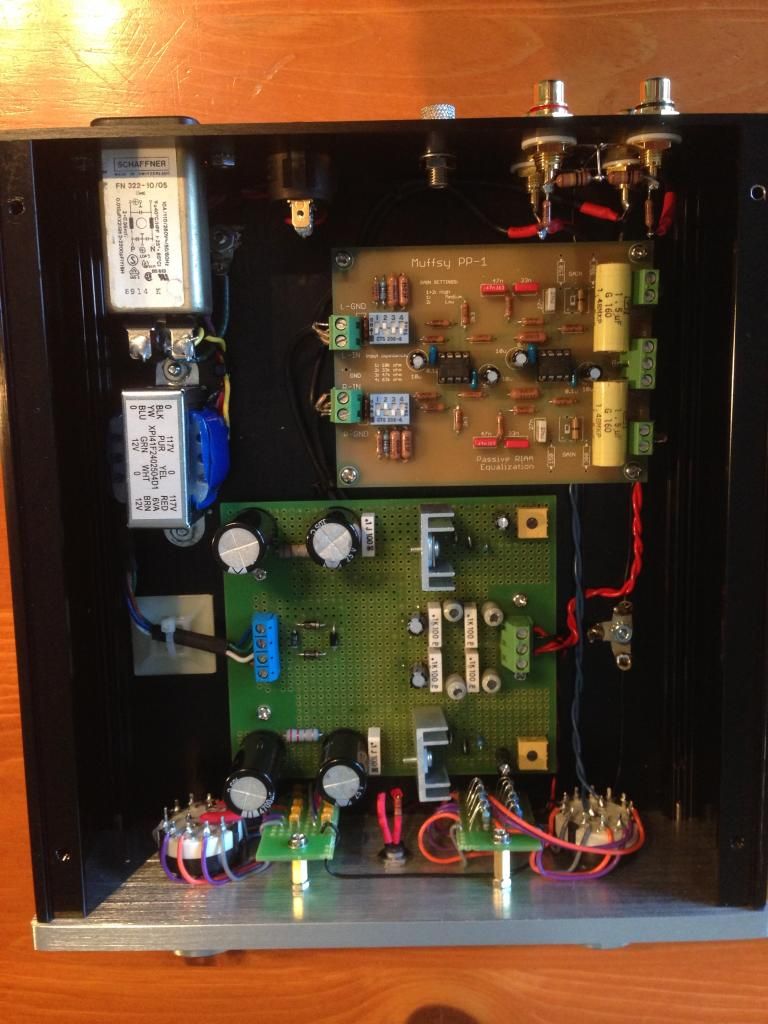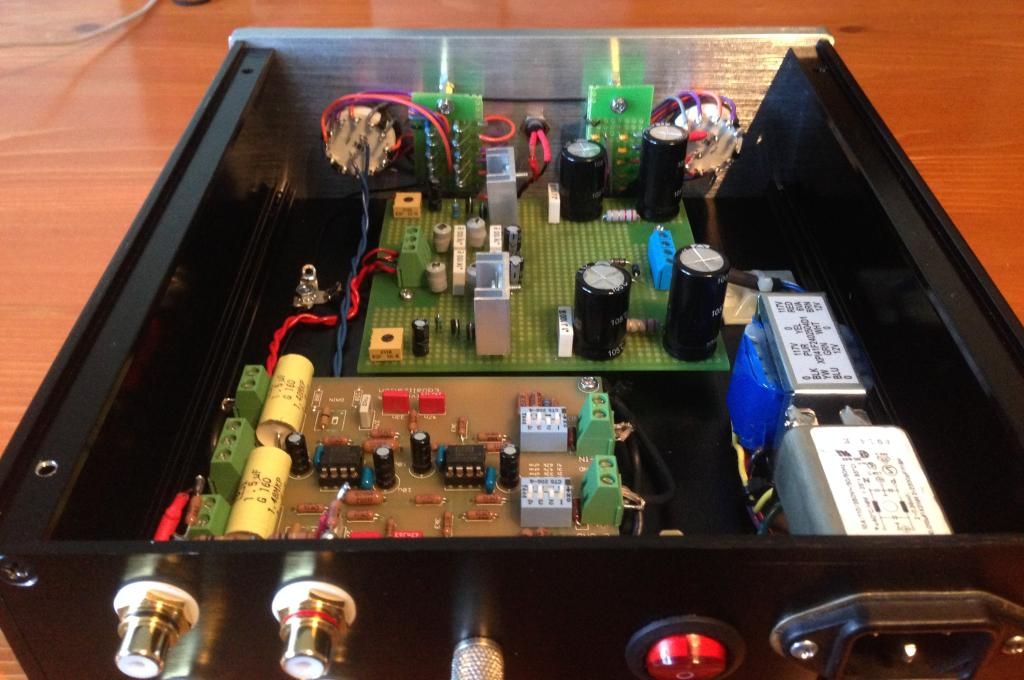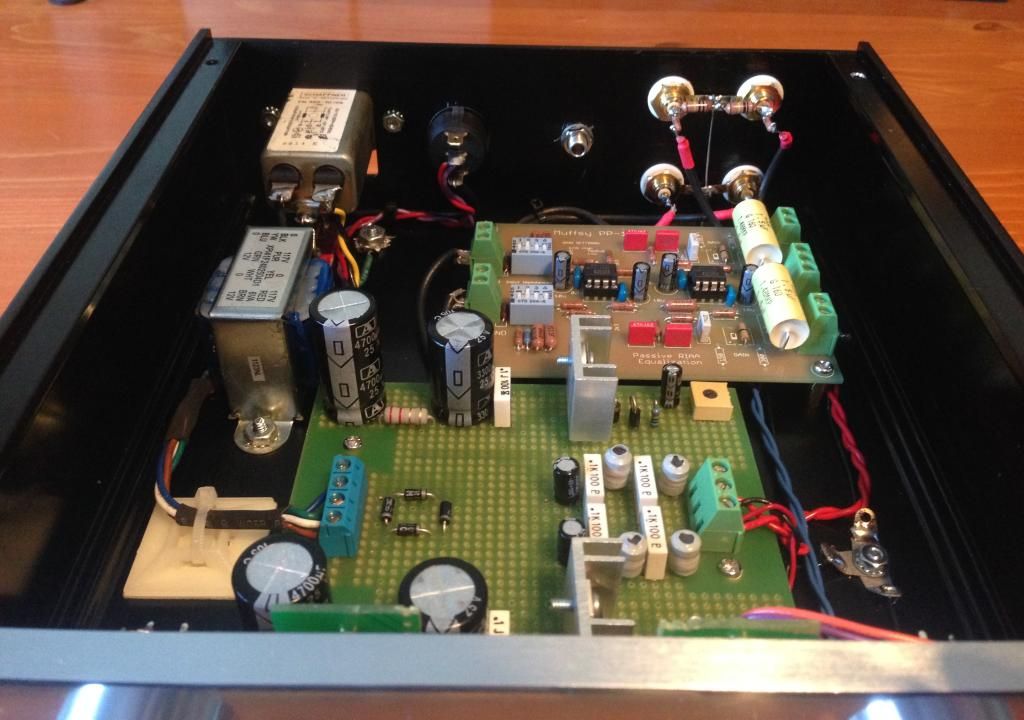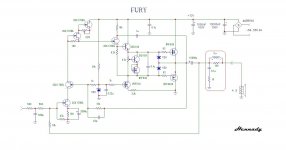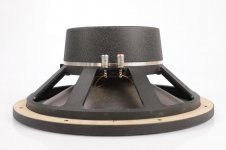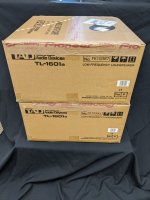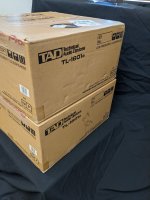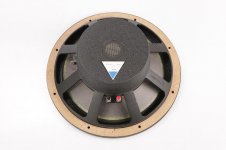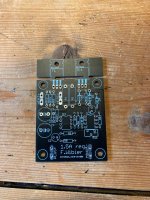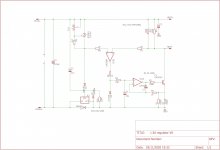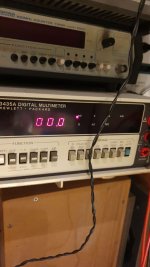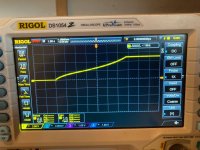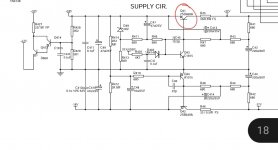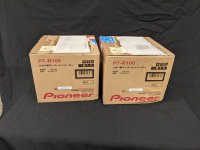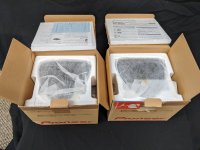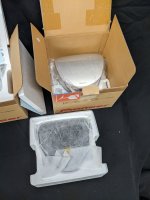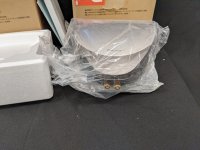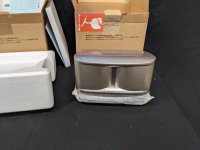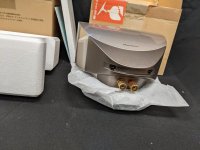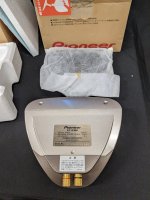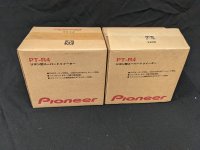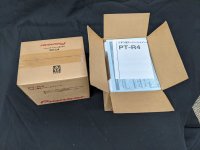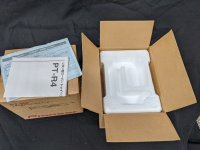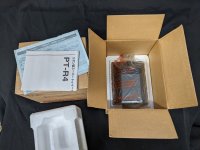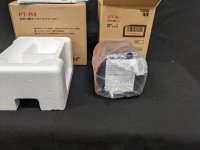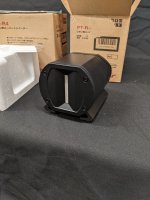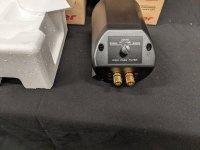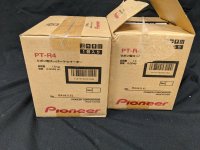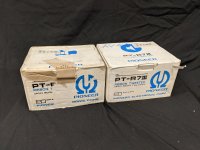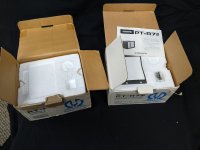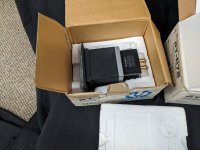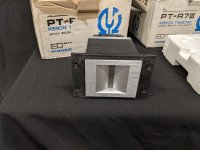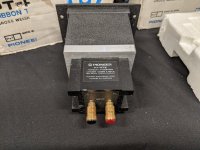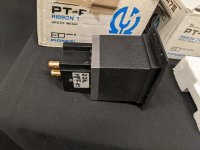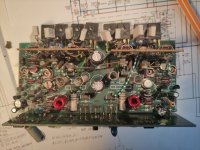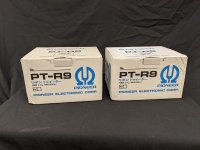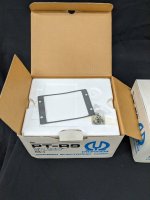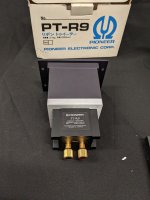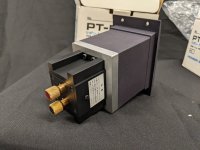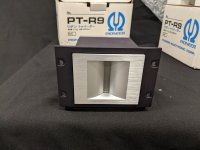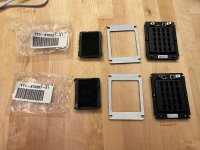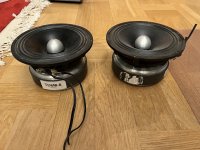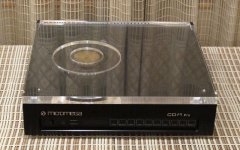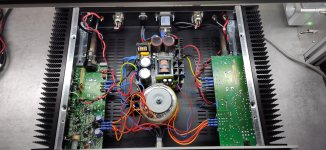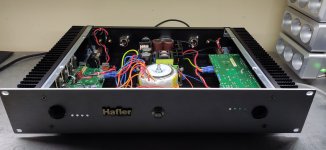I created this contraption 40~45 years ago, but since it is just ordinary, run-of-the-mill circuitry combined with a lousy implementation, I never cared to publish it before.
However, even though the implementation is unremarkable and completely outdated, the principles are sound and could be reused in a more modern reinterpretation.
The principle is simple: a mechanical probe (a strip of spring-metal) is swept across the ridged surface to be analyzed. The probe is in contact with a piezoelectic sensor, which generates a sharp pulse each time the probe jumps from one peak to the next one.
The pulses are shaped, filtered and counted after being subjected to hysteresis to remove false/double counts.
This oscillogram shows the signal at the input of the schmitt trigger when the probe is swept quickly through a M4 threaded rod:
The pulses are accumulated in a two-digit counter, which limits the maximum count to 99, but in practice it is usable to ~200: it is easy to see if a winding or a thread has more than 100 turns, and in this case if you read 35 for example, it means that the actual number is 135.
The circuit is slightly more complex, to take into account the realities of such measurements:
When you prepare yourself to make the test, you generally have both of your hands busy, but you need to push the clear button and then place the probe in contact with the object you test, without accidentally touching something else, or landing too roughly on the surface; in the meantime, you have your gaze focussed on the work area, not on the counter, and you may miss an accidental count or two.
To prevent the situation, Lachesis is fitted with a rudimentary sequencer: when the "Start" surface is touched or brushed, a timer is initiated, providing a 6-second dead-time before any count can be registered.
When the 6 seconds delay is elapsed, counting is allowed and the status is signalled by a red LED and an (optional) acoustic signal.
The active phase lasts 90 seconds, and its end is signalled by the green LED and the muting of the audible signal. The probe can then be safely removed without risking to alter the total.
The tester can also operate in a completely manual manner.
The schematic is not fully detailed, as it would make little sense: even if someone wants to duplicate exactly my build (this would make little sense), it would be very easy based on the datasheets of the IC's used.
This is the probe:
It is pluggable, but in fact I never built another one.
The piezo element was salvaged from an old PU cartridge, and inserted into a silicone sleeve. The sensing element and the spring strip were then inserted in a common silicone sleeve and pushed inside a brass tube:
The silicone provides the elasticity, the mechanical linking and the damping. IIRC, the metal strip came from a razor-blade, and has a thickness <0.1mm, setting the maximum possible resolution.
With this particular piezo element, the open-circuit voltage exceeds 10V and does not require amplification.
Other models could have widely different outputs.
An electrodynamic sensor could probably be used too, with the right signal-conditionning.
A modern version would be based on a µcontroller, and have loads of additional bells and whistles, but even this rudimentary version is useful, especially for people like myself: when something goes wrong during the winding process, I tend to concentrate on the problem and lose the count as a result.
When this happens, a quick sweep provides a definitive answer (sweep 3 or 4 times, for confirmation, like for a bank-note counter)
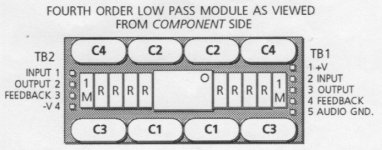
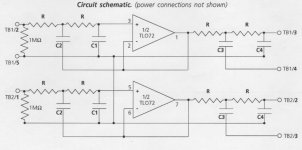
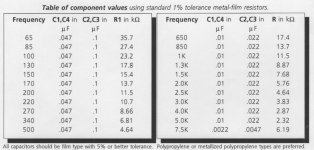
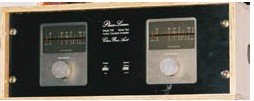
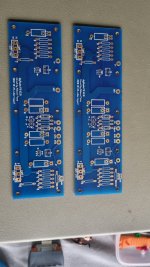
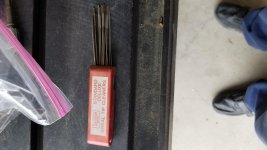
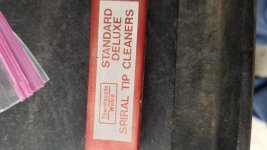
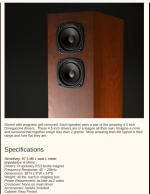
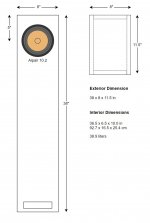
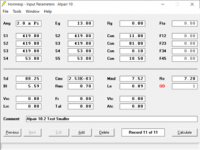
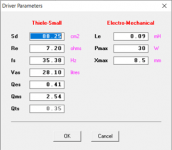
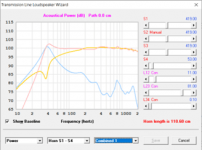
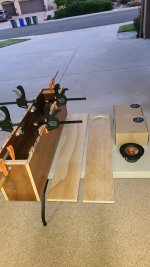
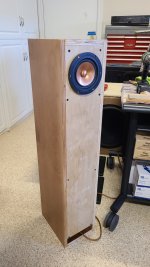
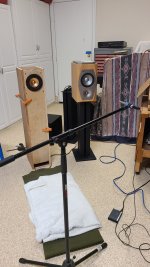
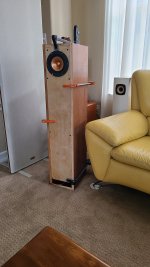
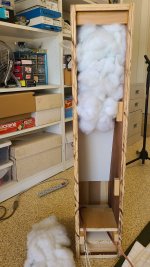


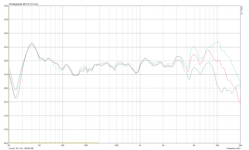

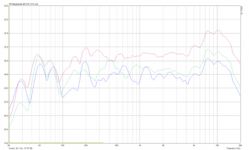
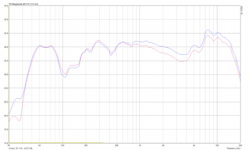
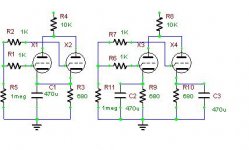
 , was actually onto a valid concept he abandoned too soon, you know, sort of like Tesla* giving up on his time machine (kidding!)?
, was actually onto a valid concept he abandoned too soon, you know, sort of like Tesla* giving up on his time machine (kidding!)? 


